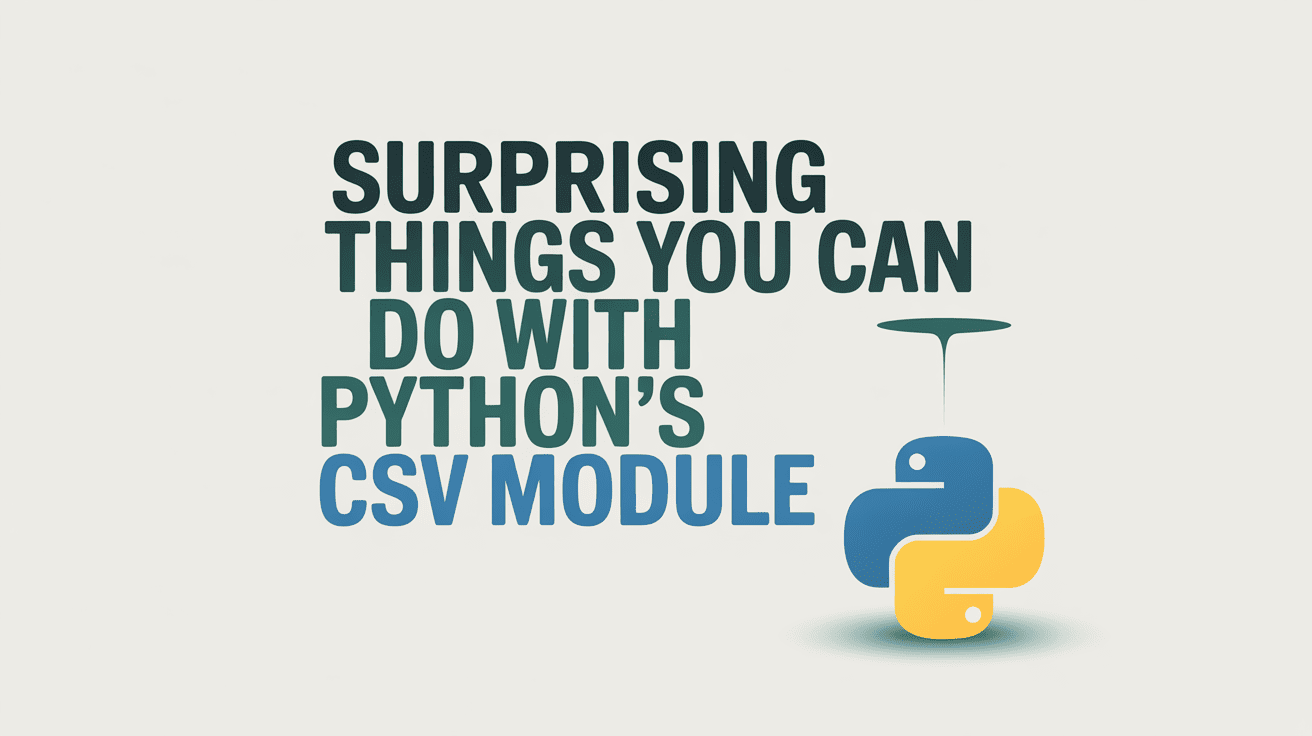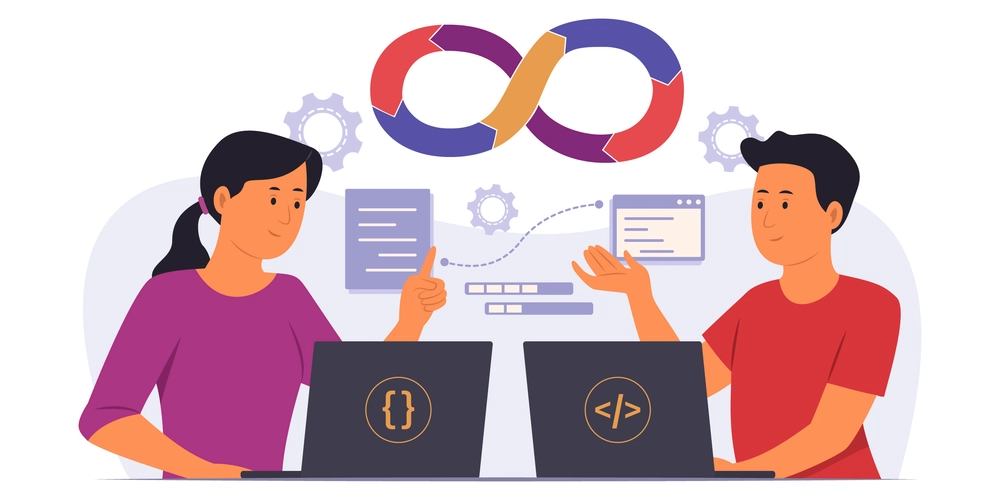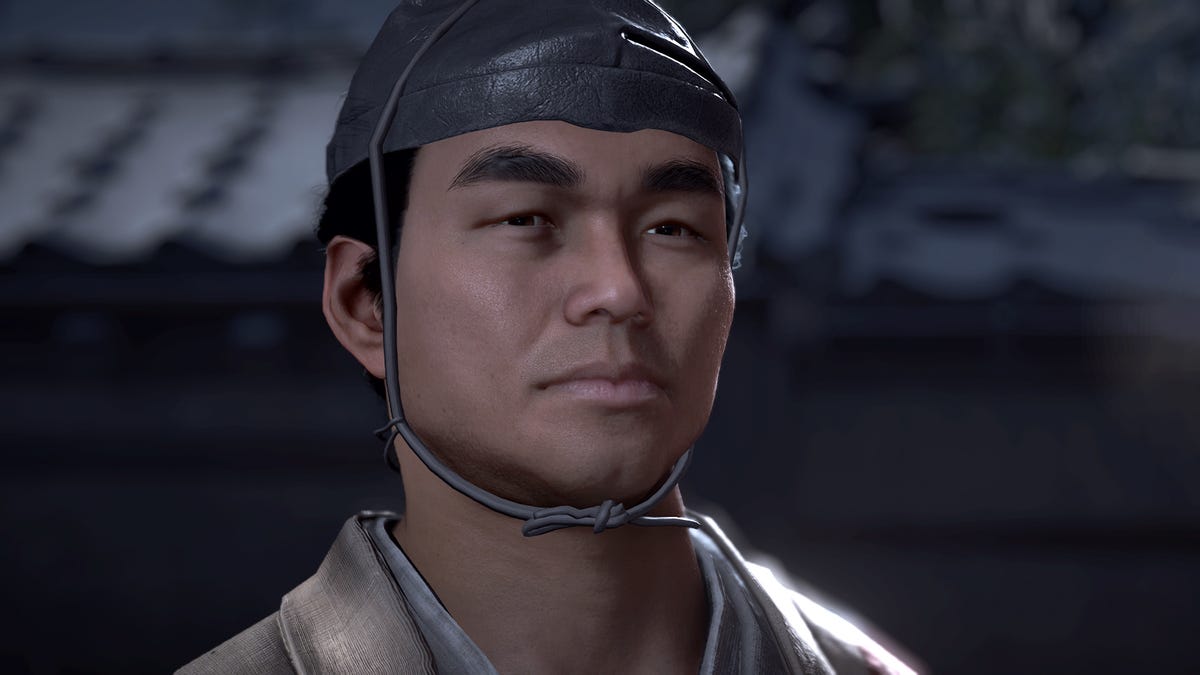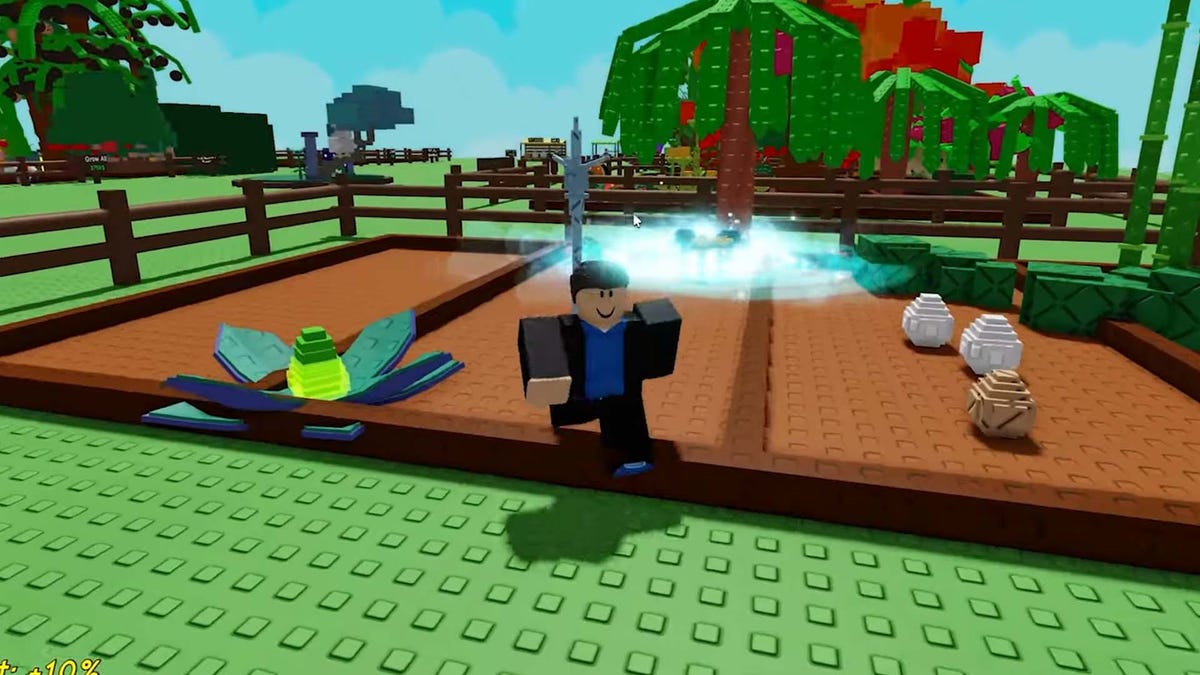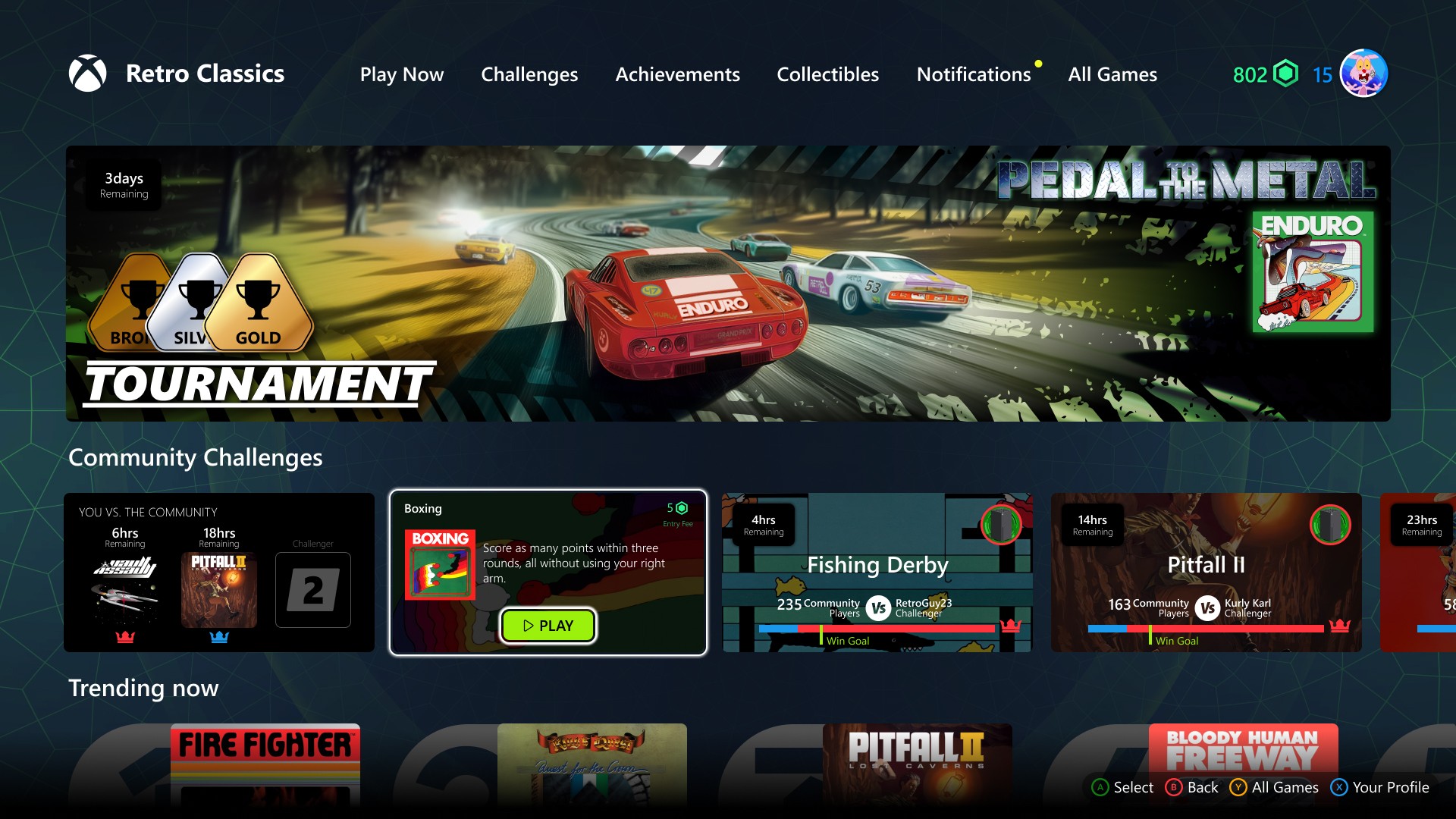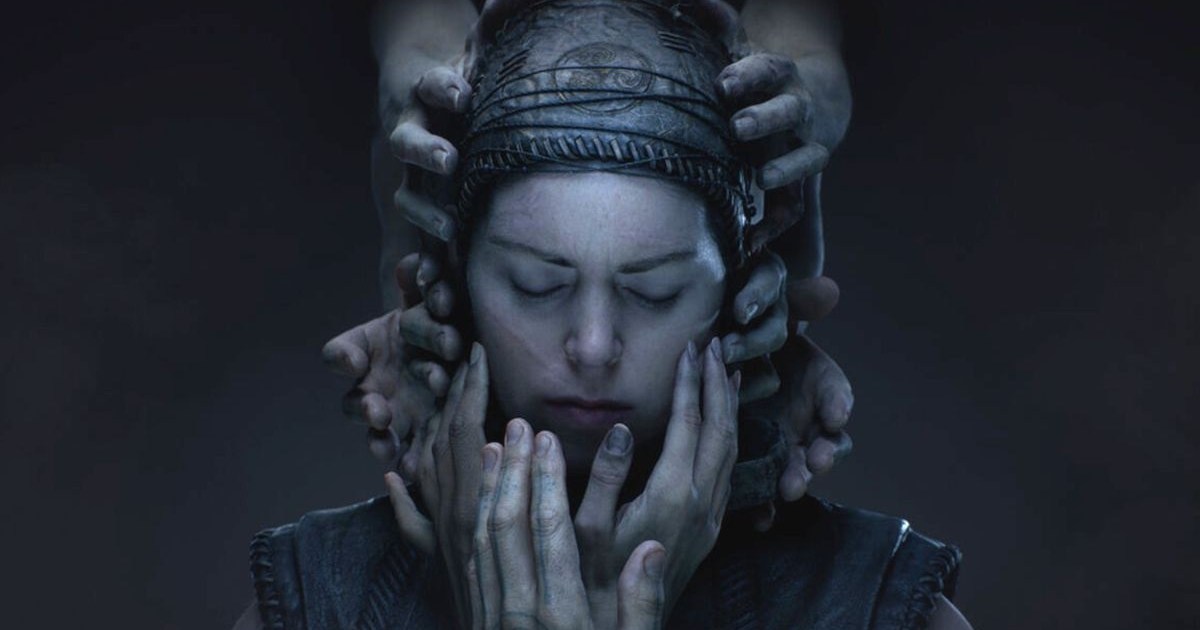How AI-Powered Workstations Are Rewriting the Rules of Hollywood Production
Hollywood is undergoing a technological renaissance—and artificial intelligence is at the center of it. Since 2018, AI adoption in Hollywood has been increasing by roughly 35% annually—demonstrating an upward trend in AI mobility within the industry. Additionally, research from Worldmetrics shows approximately 70% of movies have leveraged some form of AI technology during production from […] The post How AI-Powered Workstations Are Rewriting the Rules of Hollywood Production appeared first on Unite.AI.


Hollywood is undergoing a technological renaissance—and artificial intelligence is at the center of it. Since 2018, AI adoption in Hollywood has been increasing by roughly 35% annually—demonstrating an upward trend in AI mobility within the industry. Additionally, research from Worldmetrics shows approximately 70% of movies have leveraged some form of AI technology during production from 2023-2025. From generative design and machine learning to real-time rendering and intelligent automation, AI is rapidly redefining how stories are conceived, crafted, and delivered on screen.
As AI becomes more prevalent in content creation, studios are reevaluating their production strategies. In this article, we explore how they are enabling this shift by equipping creative teams with high-performance, AI-ready infrastructure that supports innovation at scale. In the future of storytelling, creativity, speed and scale, aren’t optional—they’re essential.
The Role of AI in Modern Visual Effects Pipelines
What was once a linear, labor-intensive production pipeline has evolved into a dynamic, data-driven ecosystem—where creative iteration happens in real time, and visual effects (VFX) teams can push the boundaries of what’s possible with unprecedented speed and precision. This is why AI in the media and entertainment market is projected to grow at a compound annual growth rate (CAGR) of 24.2 % from 2025 to 2030. Artificial intelligence is no longer an experimental add-on in visual effects; it’s rapidly becoming a core component supporting artists within the modern VFX pipeline.
At most studios, AI is helping teams reimagine how visual content is built—reducing time-consuming repetitive processes and enabling artists to focus more on creativity, versus the technical aspects of production. One of the most visible changes is in real-time rendering. Powered by AI-assisted denoising and intelligent sampling algorithms, real-time rendering allows VFX teams to visualize complex scenes at near-final quality without waiting hours—or days—for a full render. This shift significantly reduces iteration cycles, allowing directors and designers to explore more creative options under tighter timelines.
One of the biggest areas in production where AI is being utilized is generative design. With tools that can assist in generating environments, props, or simulations based on simple prompts or rule sets, artists can move beyond blank-canvas workflows and instead direct and guide intelligent systems. In many cases, this is done by training AI models with internally created and bespoke reference shots created within the same content to complete the final production work. Whether it’s a windswept desert landscape or a bustling alien-world metropolis, AI tools can help artists get to a final result faster.
The outcome is not just faster turnaround—it’s a pipeline with higher creative agility. Artists can experiment more freely, knowing the infrastructure can keep pace. The benefits cascade across the production schedule: fewer delays, the ability to iterate more frequently, more shots completed per day, and a higher bar for quality control.
The Scalability Factor: Building the Future
As AI assists artist in content creation, scalability has become a strategic priority for studios of all sizes. It’s not enough to have a few powerful workstations on hand—teams need an infrastructure that can scale compute power, storage, and collaboration tools seamlessly as projects evolve.
But the real strength lies in how these workstations integrate into broader hybrid production pipelines. Studios are increasingly adopting a mix of on-premise and cloud infrastructure, allowing them to scale compute capacity dynamically based on demand. AI workloads, in particular, benefit from this flexibility—training models on local machines, then distributing inferencing and rendering tasks across cloud clusters as needed.
Future-readiness is another factor. With artists working in 8K+ formats, utilizing volumetric capture, and studios deploying virtual production stages, hardware that can handle exponentially larger data sets and real-time rendering requirements is a requirement. AI tools will become more demanding, not less—requiring architectures that can evolve alongside them. Smarter and more innovative solutions will offer not just performance today, but also the capability to handle tomorrow’s workloads.
Strategic Implementations for Executives and Engineers
For studio heads, CTOs, and pipeline engineers, the shift toward AI-optimized production raises critical strategic questions: How do you balance performance and cost? What investments will future-proof your infrastructure? How do you enable your teams to take full advantage of these evolving tools?
One key consideration is the cost-to-output ratio. While AI-optimized workstations may represent a higher upfront investment, the return is found in dramatically reduced compute times, fewer production delays, and higher creative output. The ability to finish projects faster—and allow artists to iterate more frequently resulting in higher quality results—directly impacts both revenue potential and reputation in a competitive industry.
Shaping the Future of Cinematic Production
AI optimized workstations are revolutionizing production by enabling faster, more scalable and creatively agile visual effects pipelines—signaling a fundamental shift in how content is created.
While artists and studio leads should always consider new ways to unlock potential and push the boundaries of creativity, it’s equally important for them to slow down and continue to assess the implications and ethics of AI use in production.
The post How AI-Powered Workstations Are Rewriting the Rules of Hollywood Production appeared first on Unite.AI.



















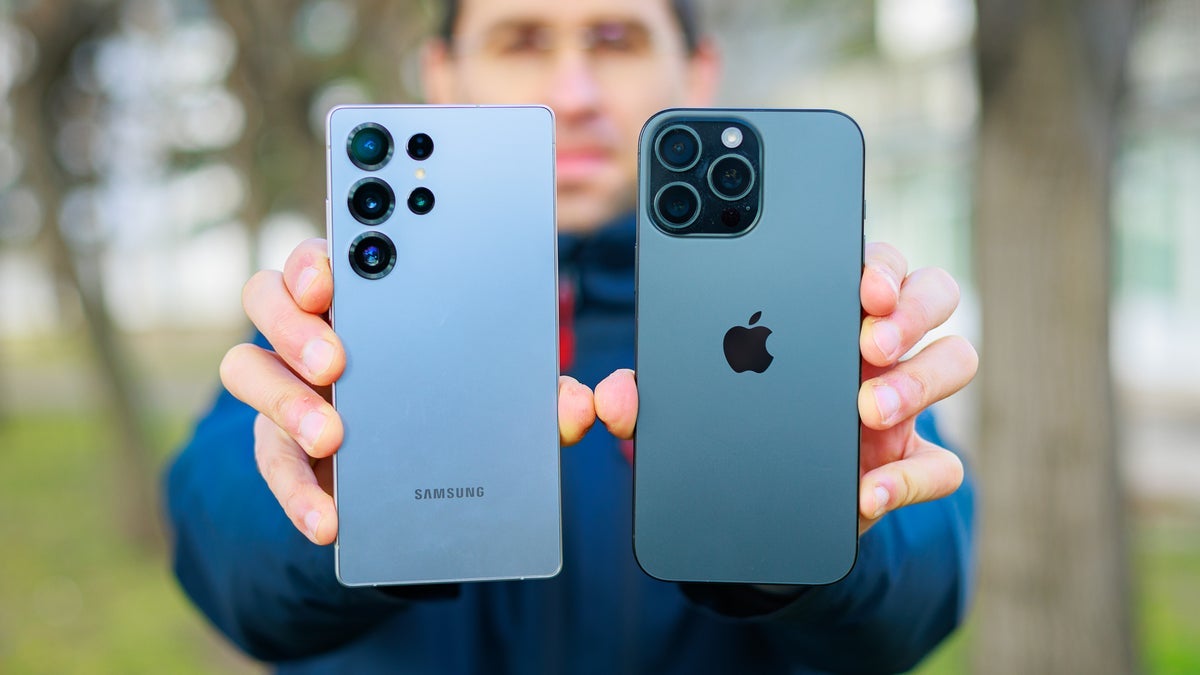
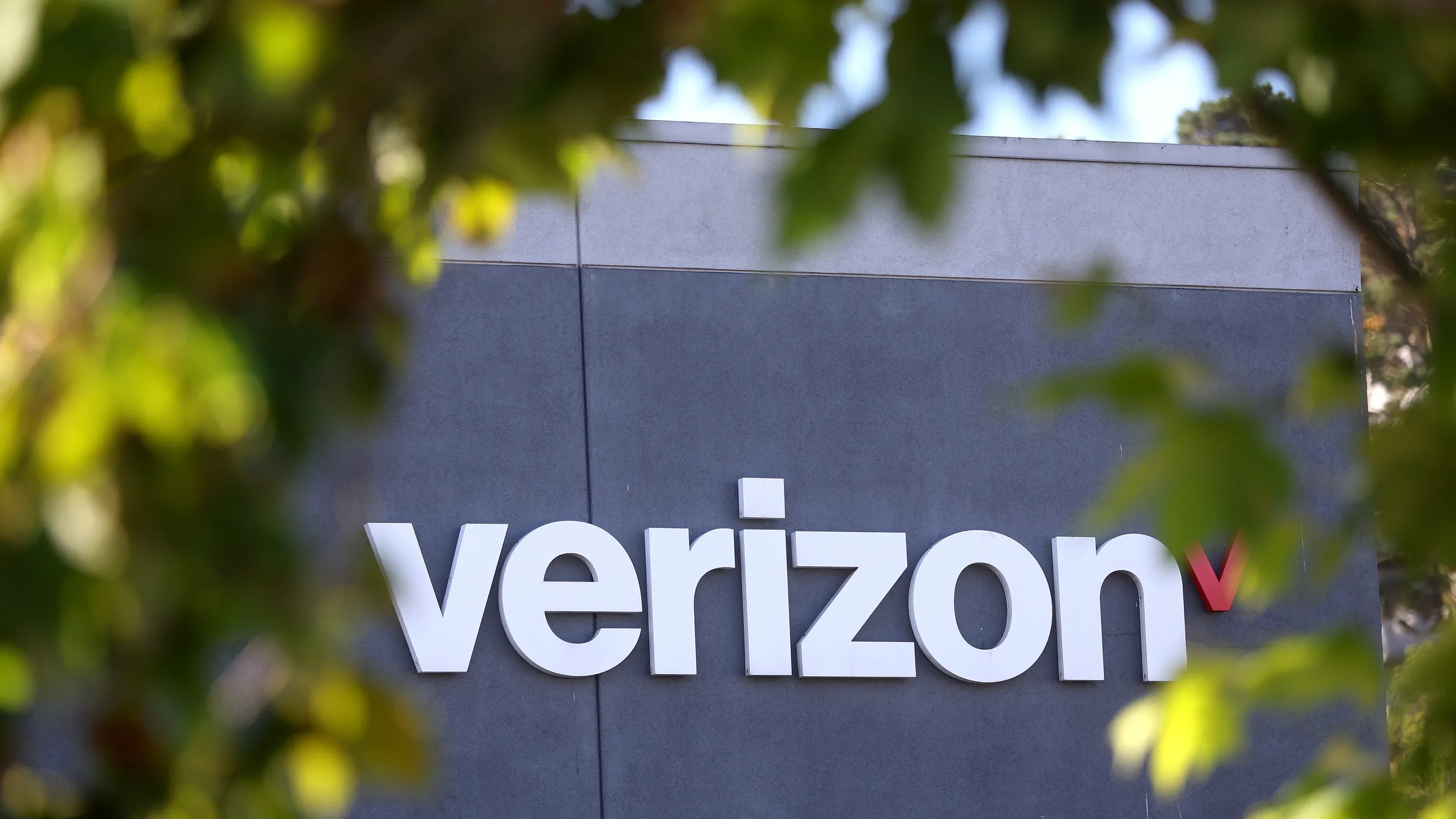
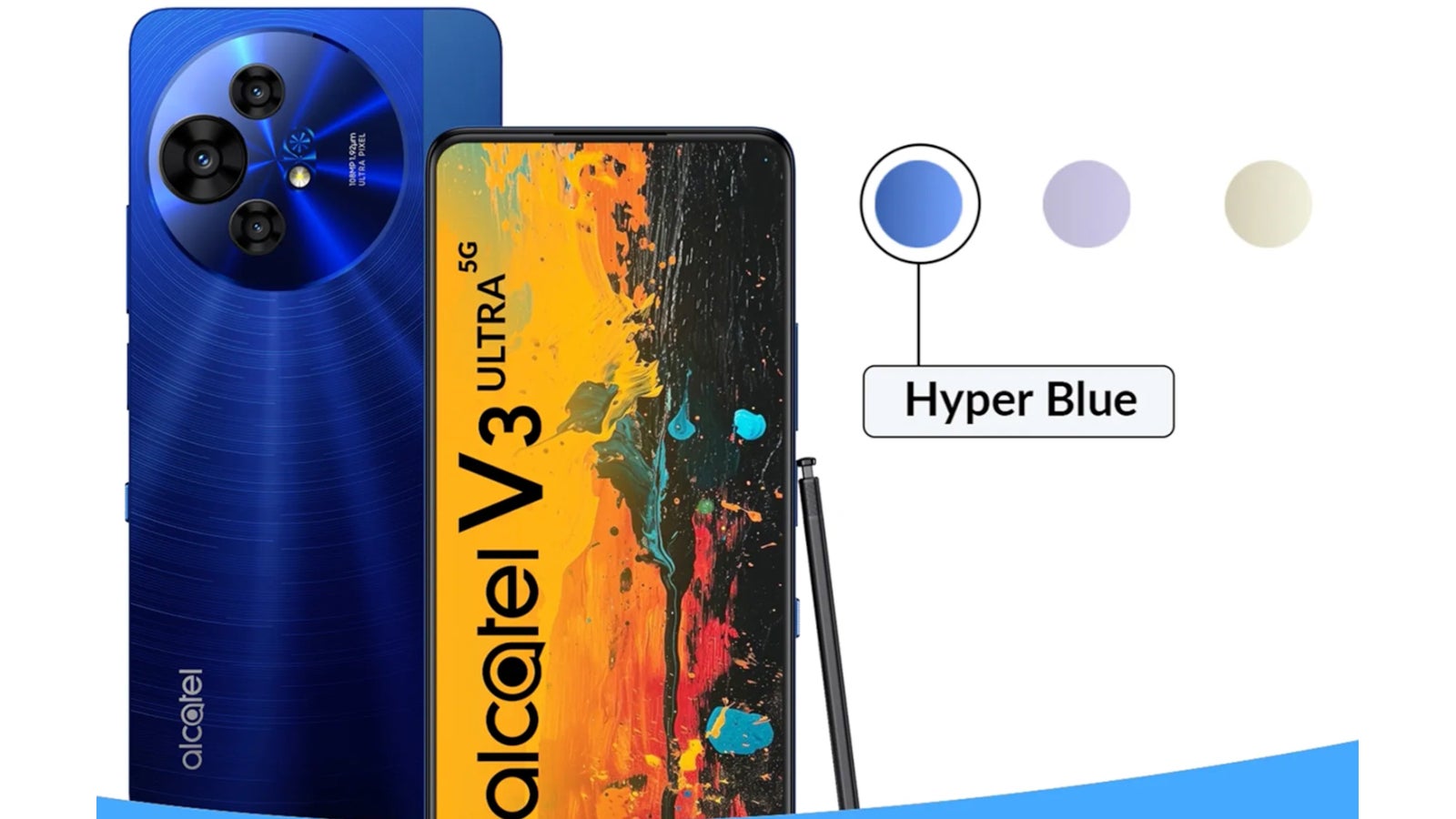






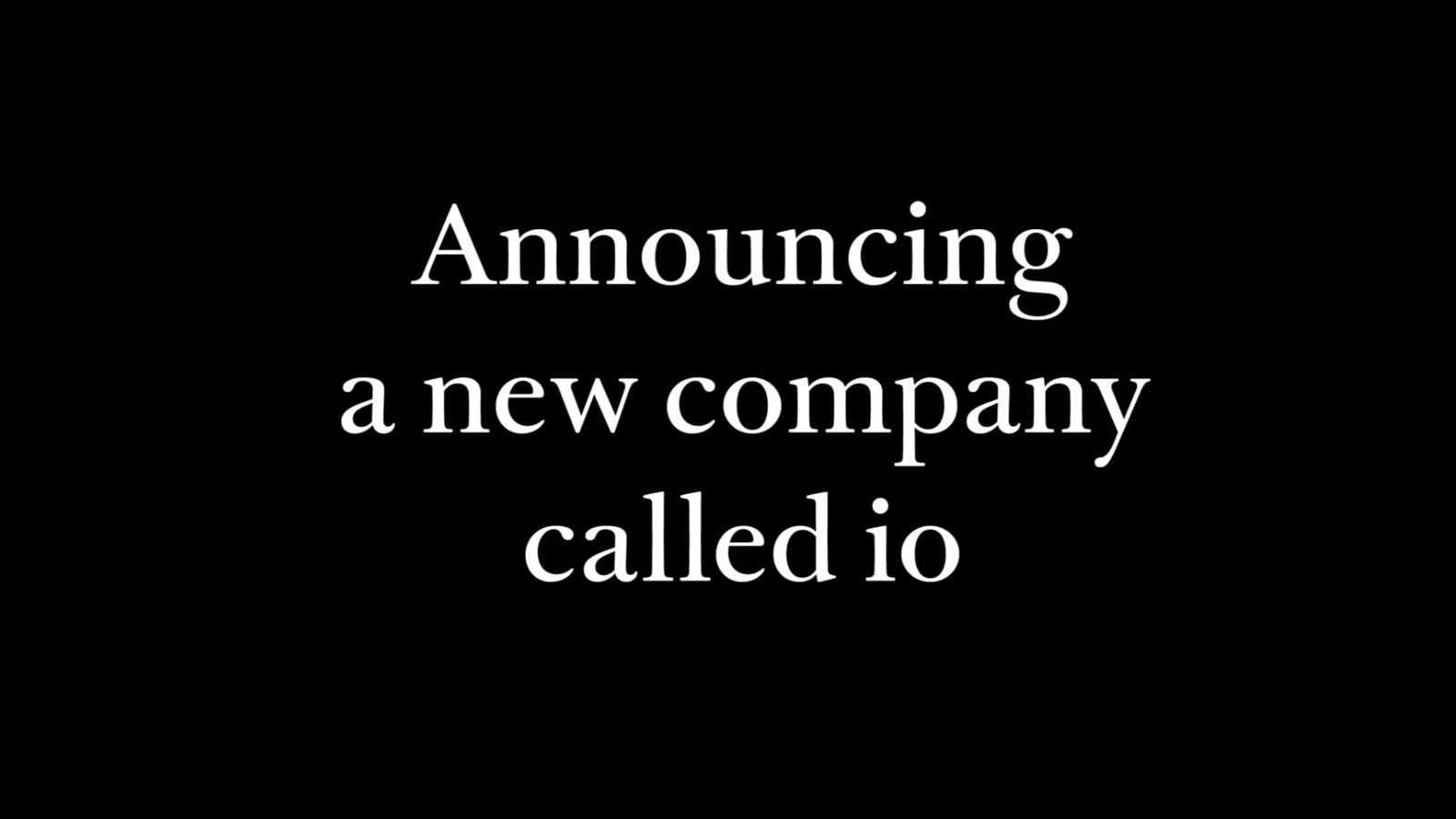
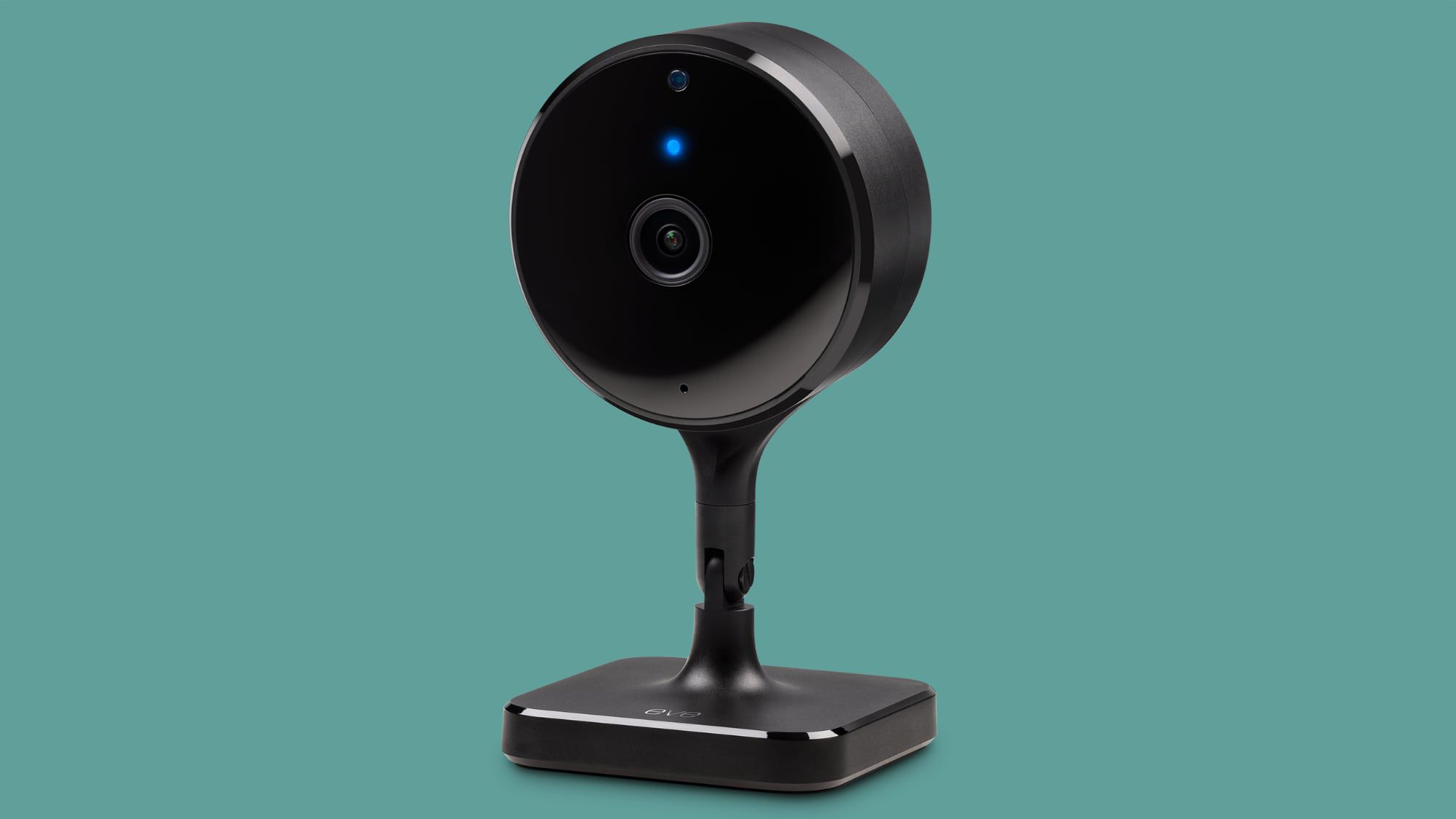
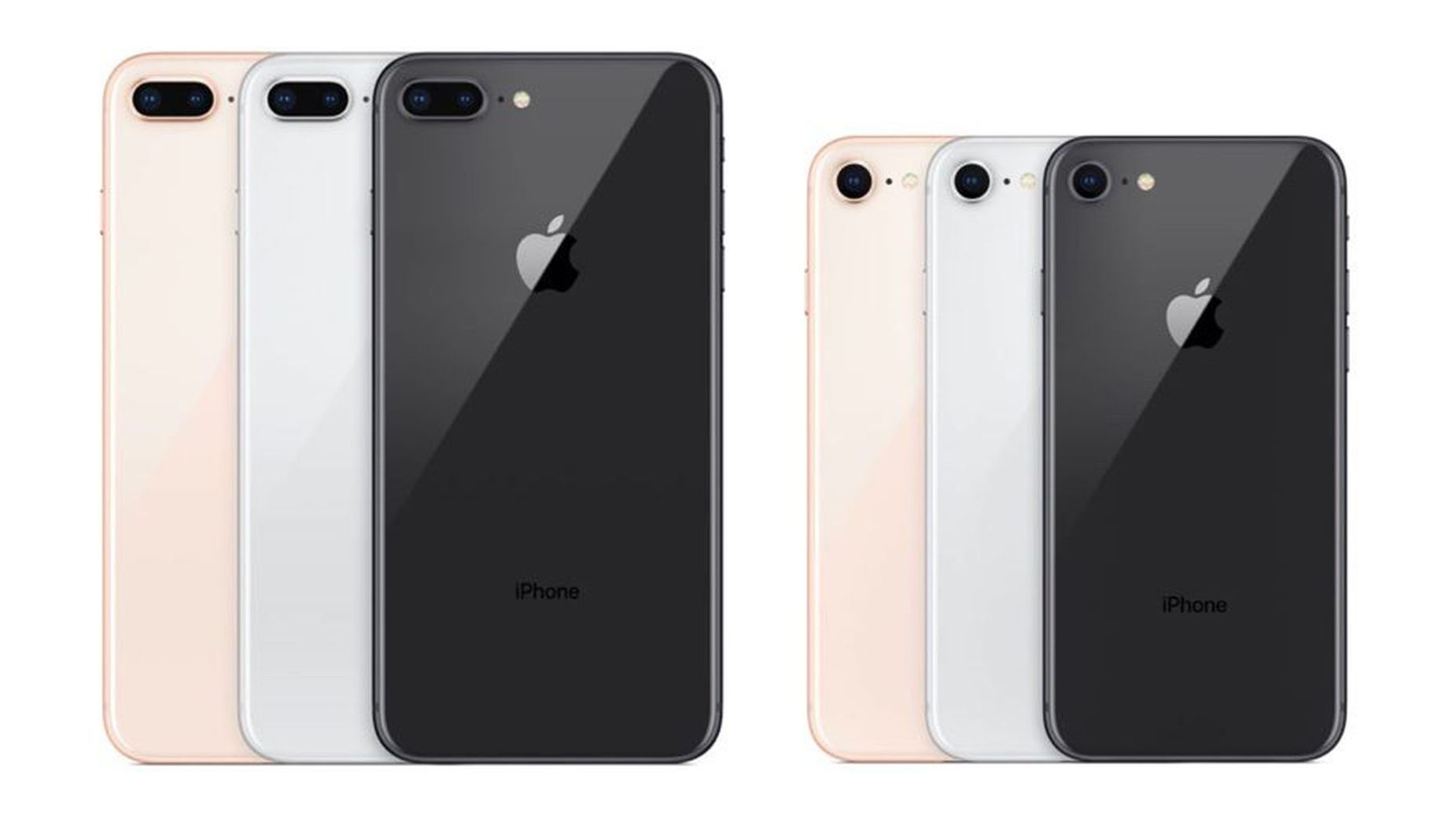















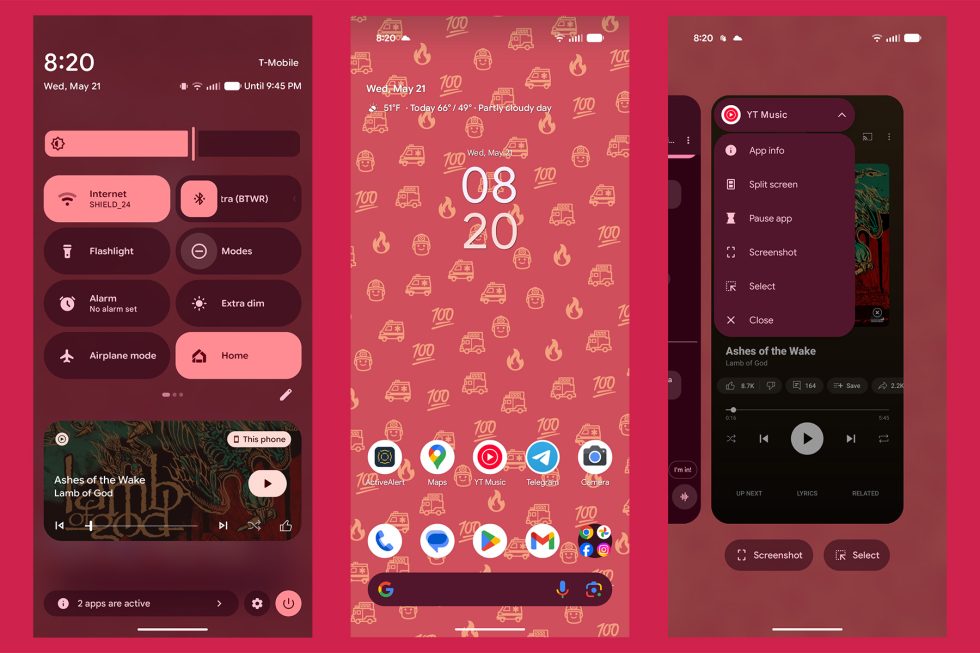


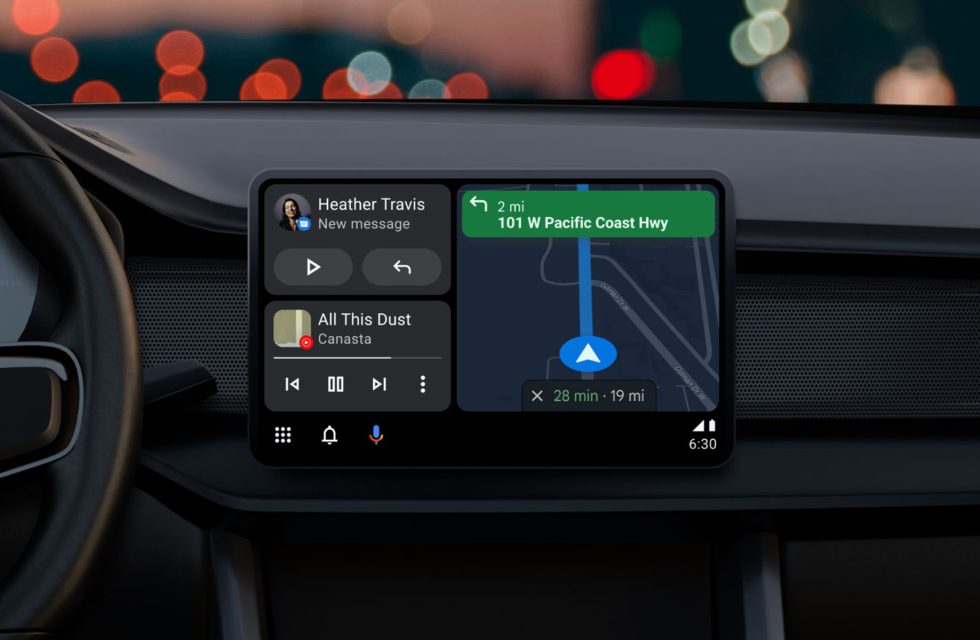




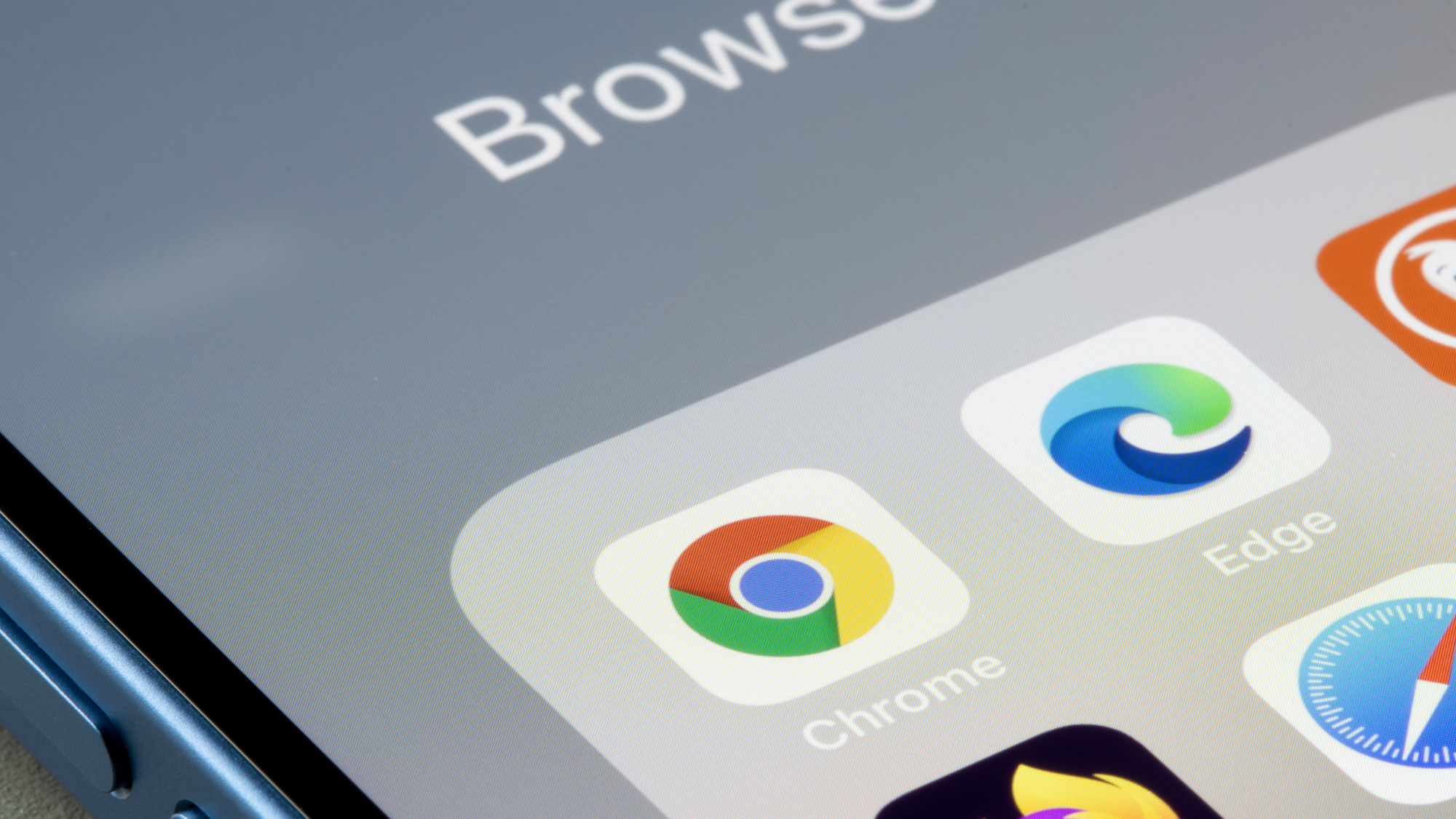

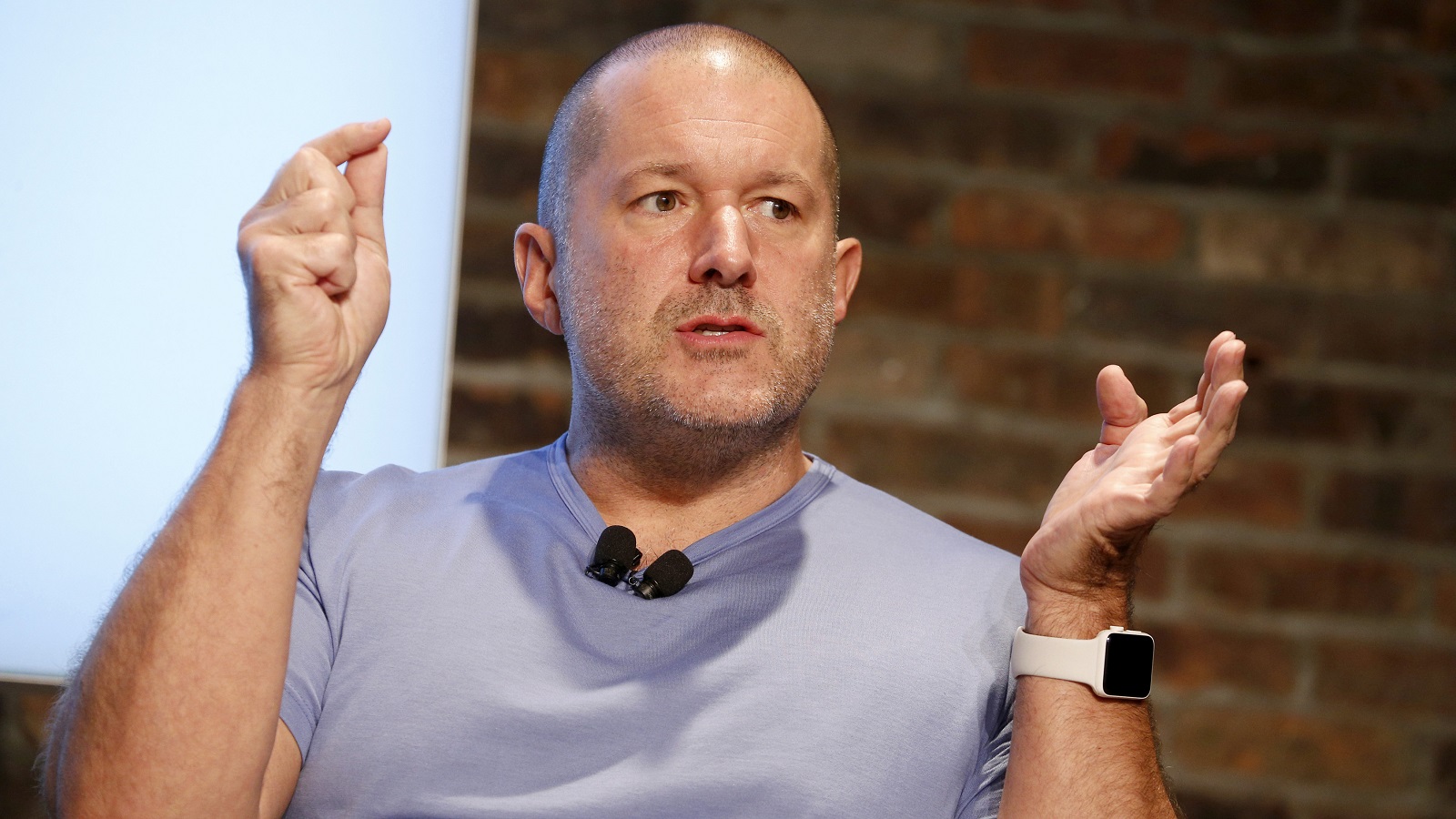
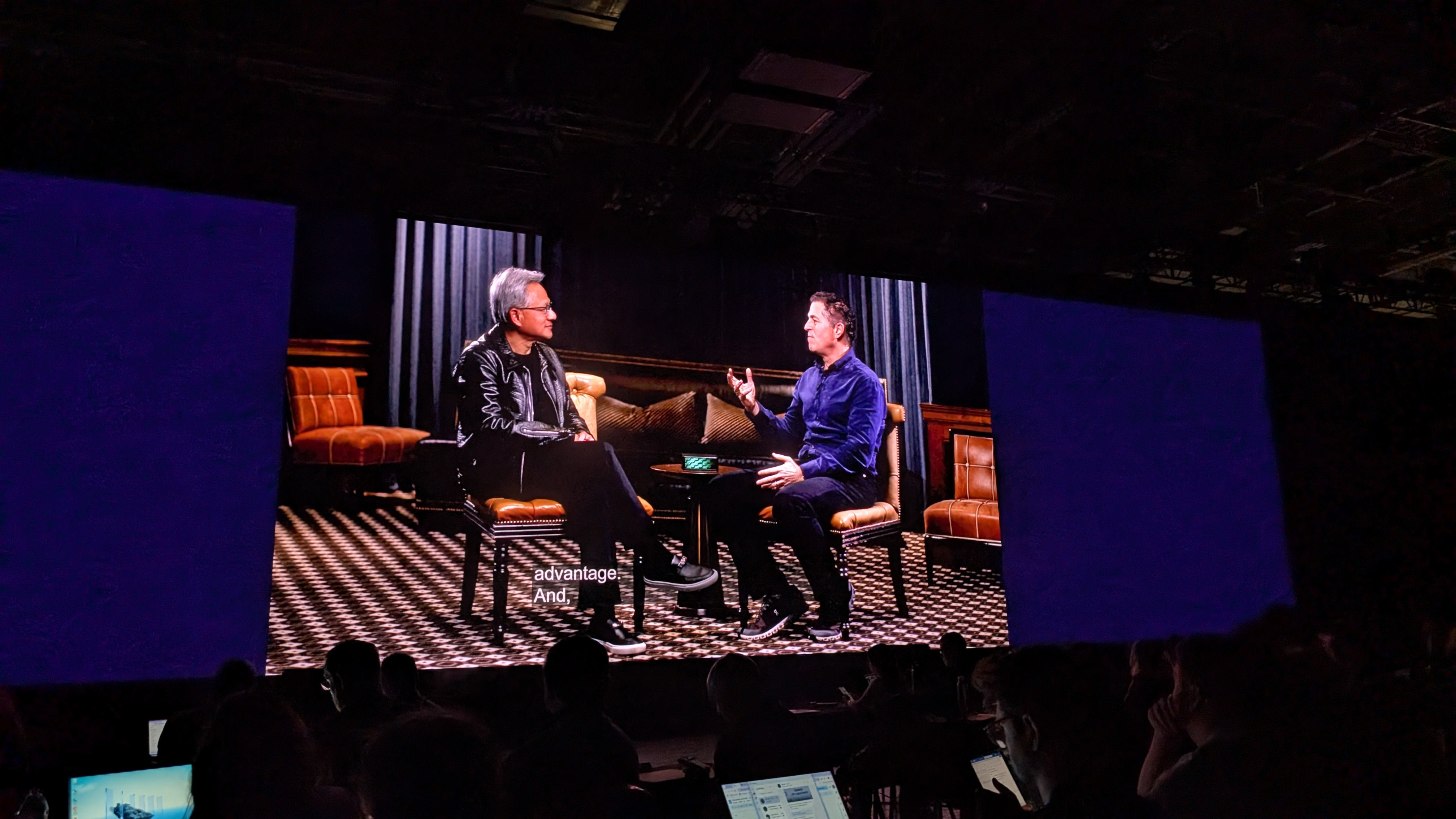
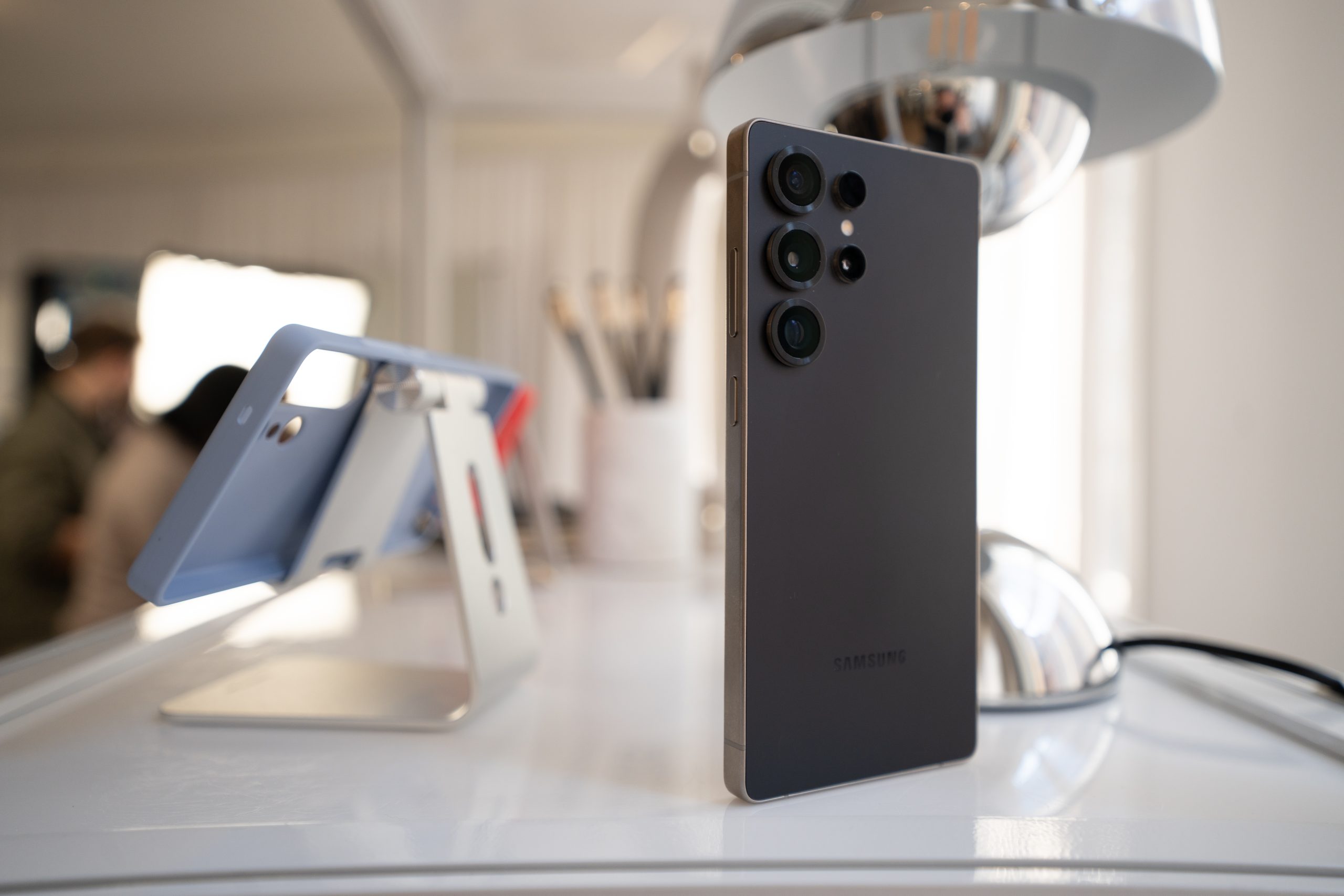

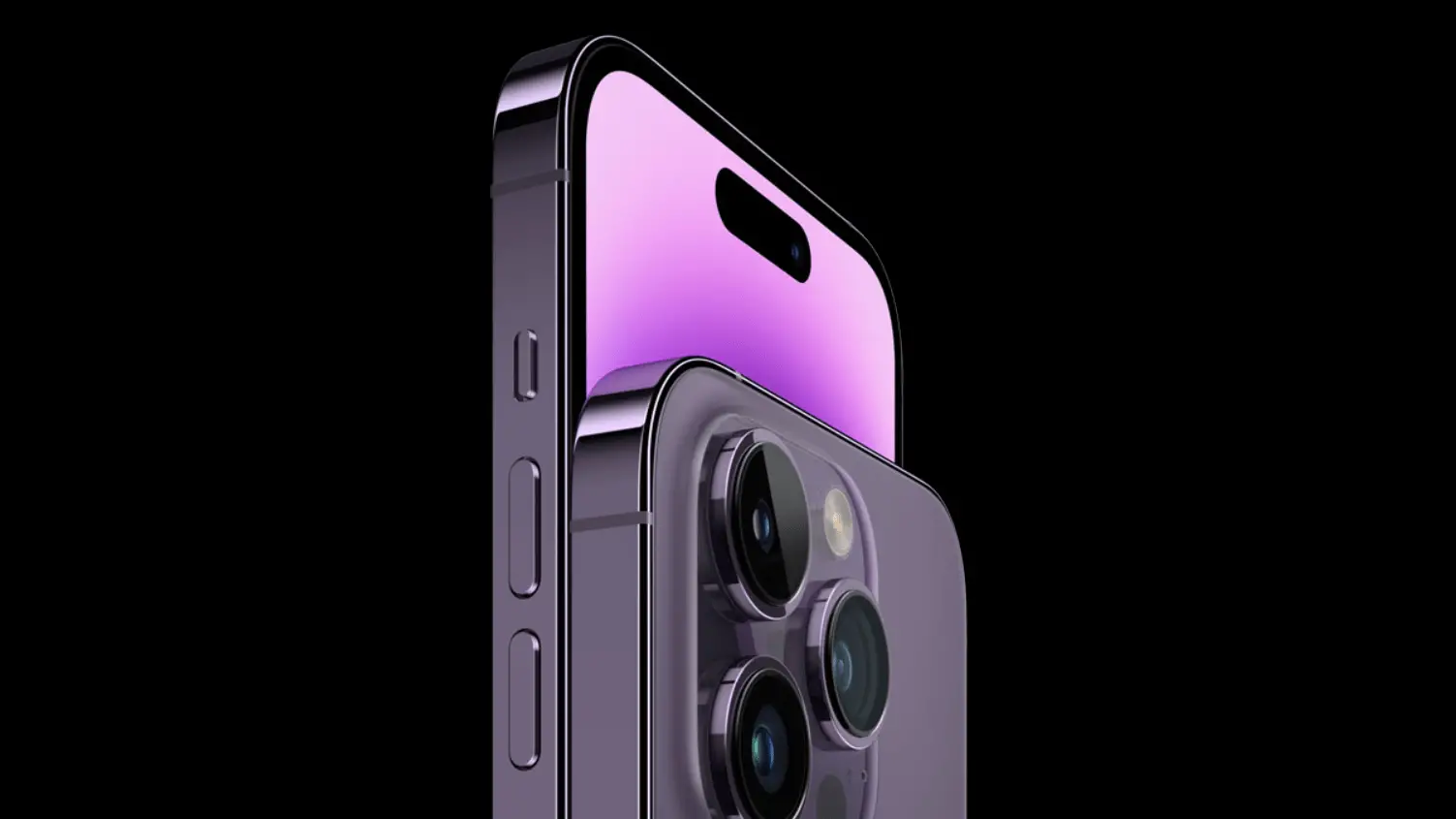












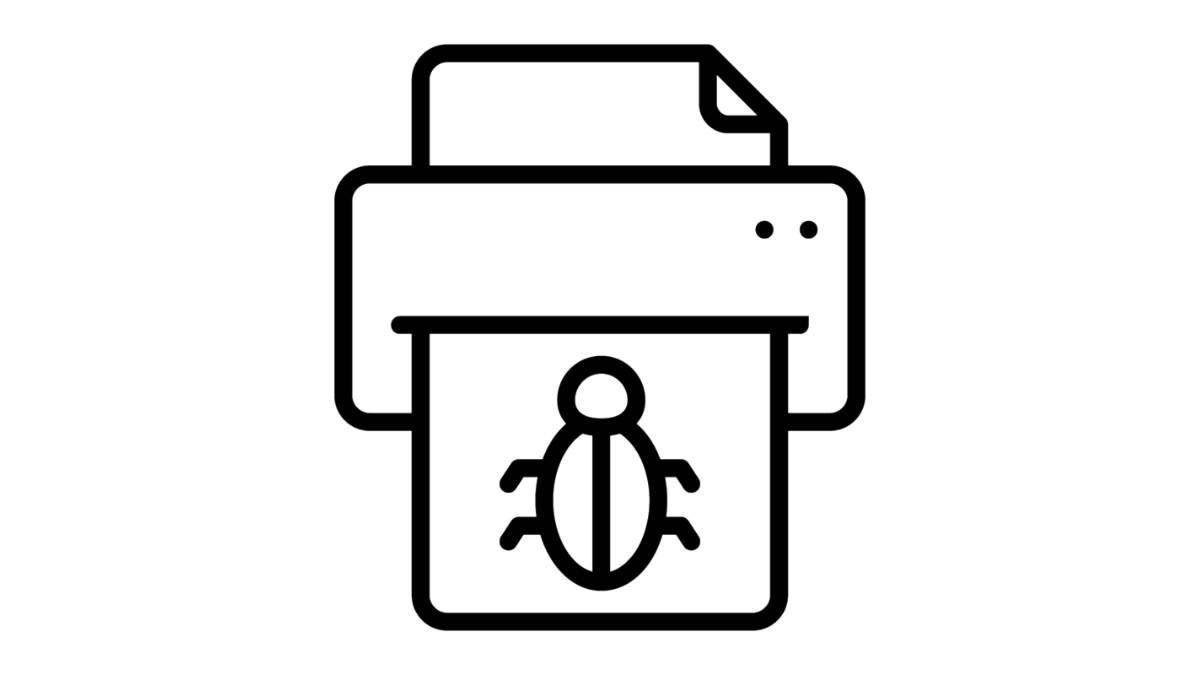

![Apple Leads Global Wireless Earbuds Market in Q1 2025 [Chart]](https://www.iclarified.com/images/news/97394/97394/97394-640.jpg)

![OpenAI Acquires Jony Ive's 'io' to Build Next-Gen AI Devices [Video]](https://www.iclarified.com/images/news/97399/97399/97399-640.jpg)

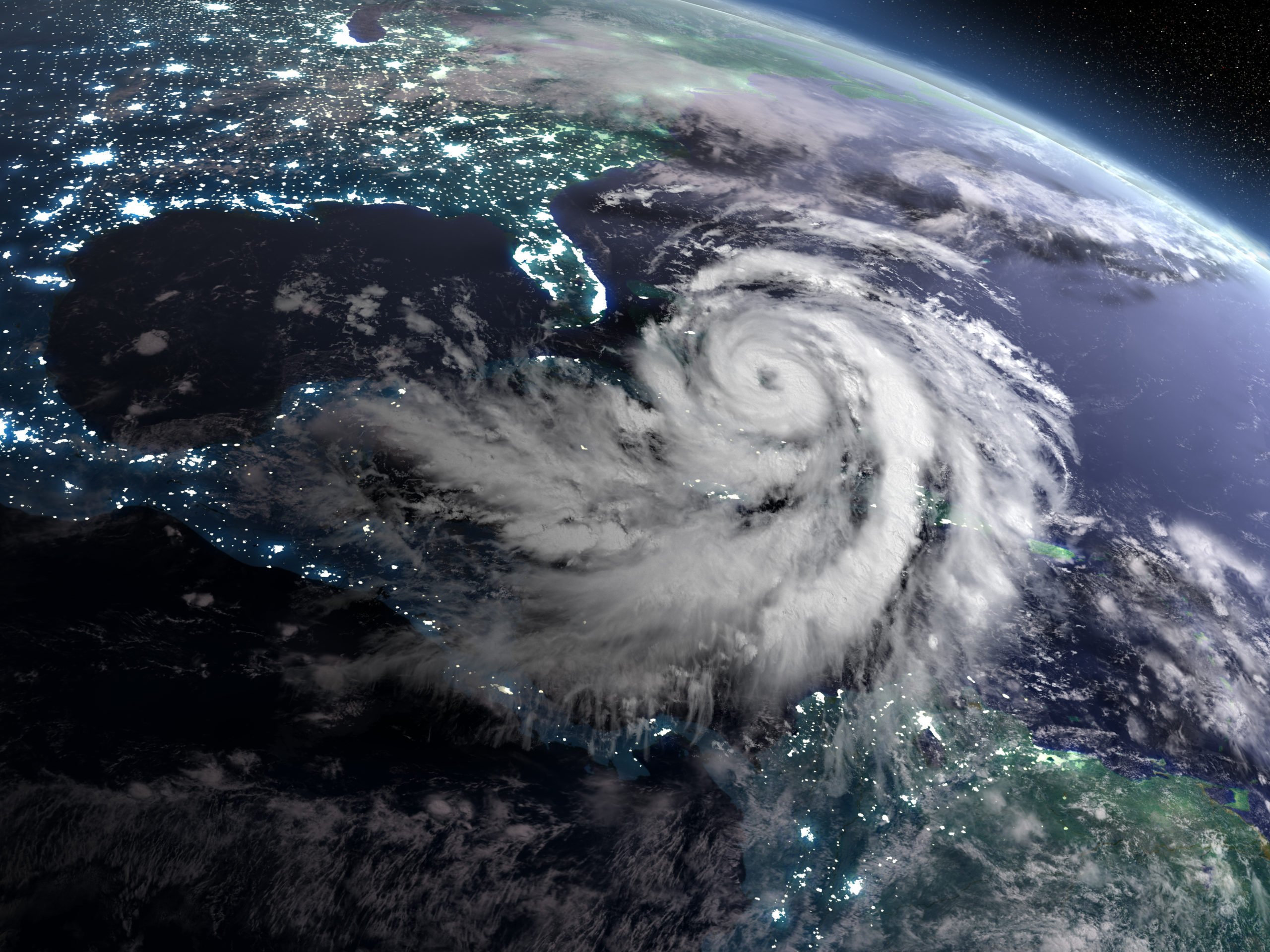












![YouTube rolling out updated miniplayer on Android, iPhone [U]](https://i0.wp.com/9to5google.com/wp-content/uploads/sites/4/2024/11/YouTube-Android-app-1.jpg?resize=1200%2C628&quality=82&strip=all&ssl=1)





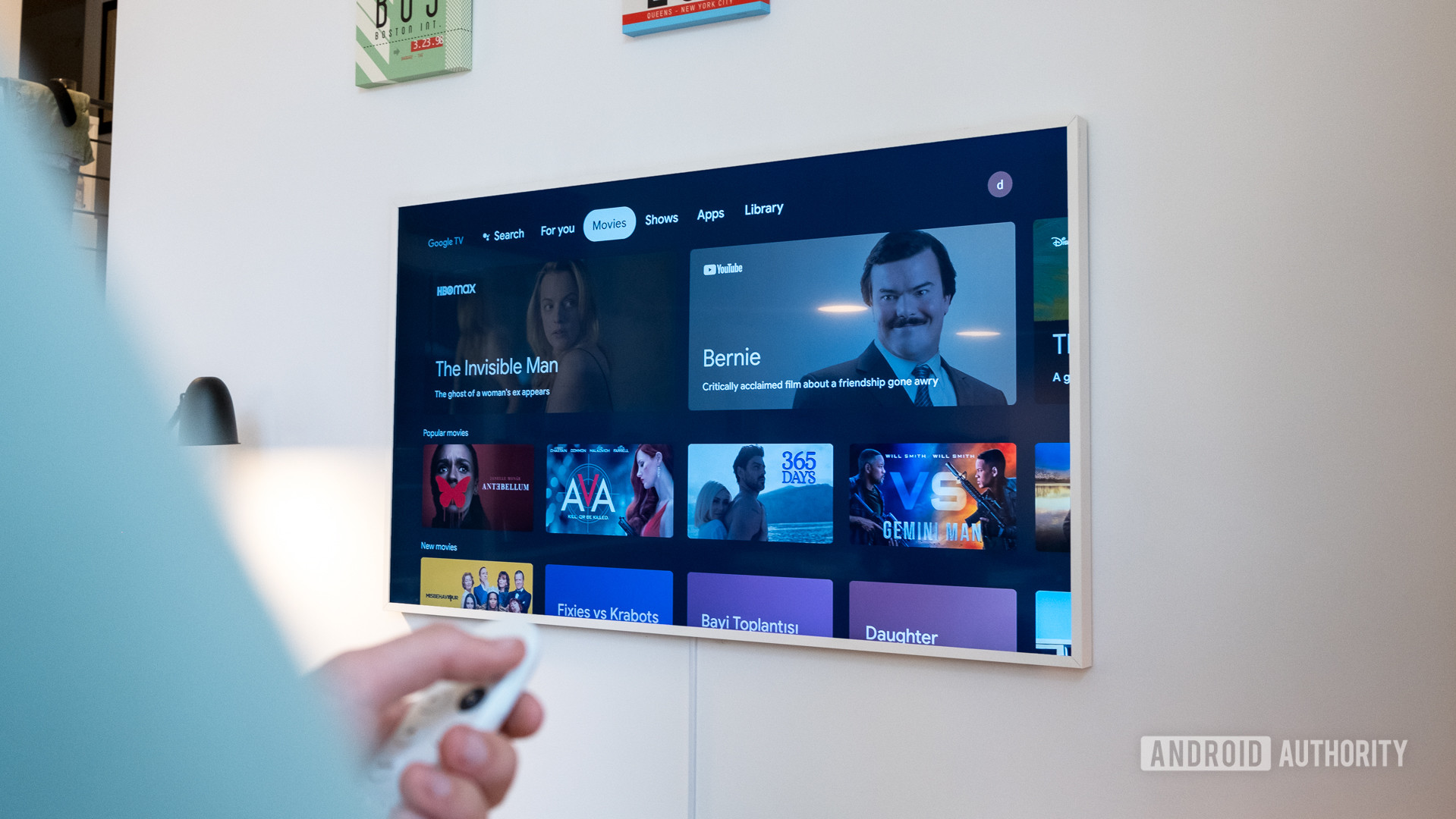



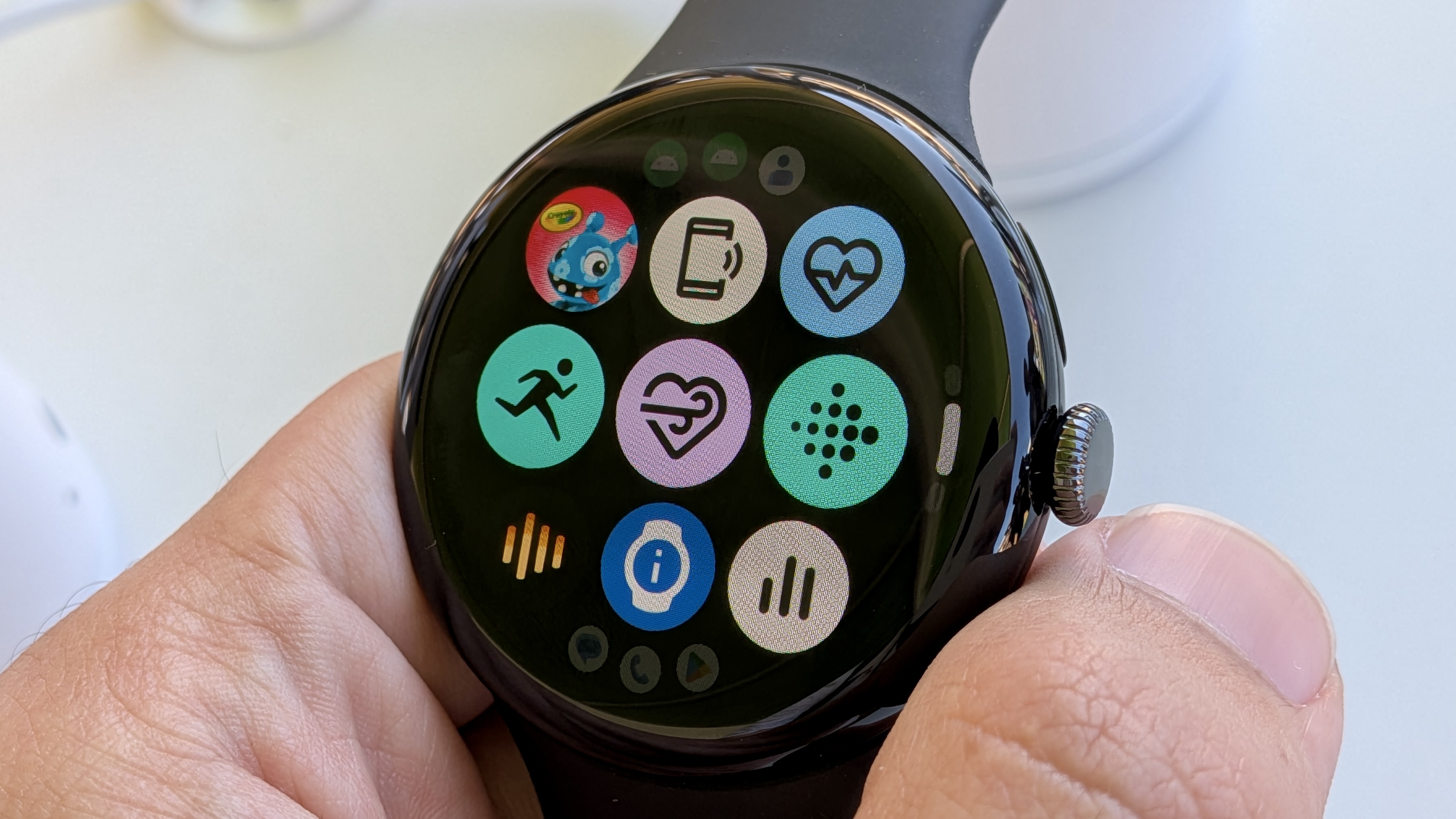
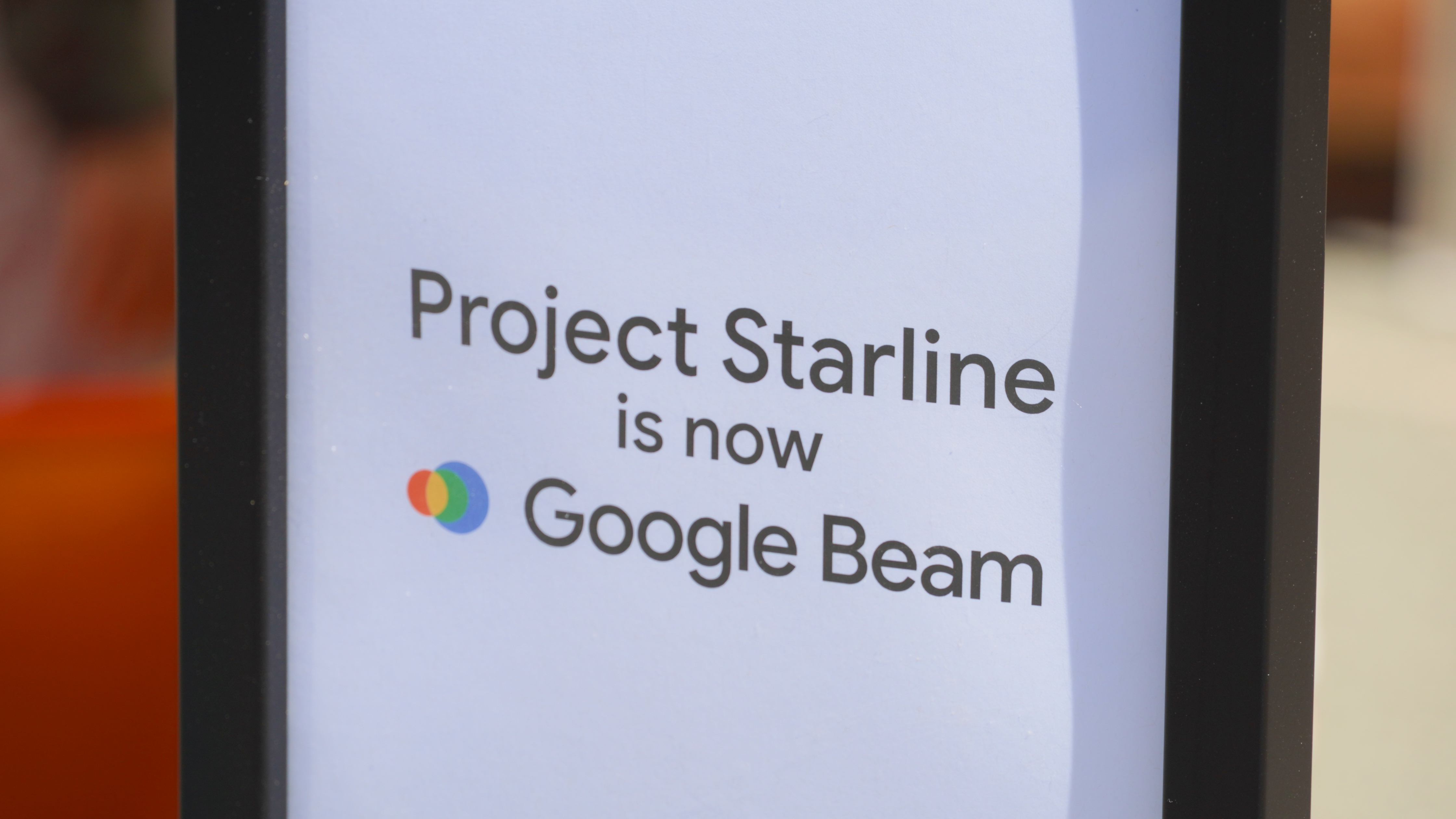


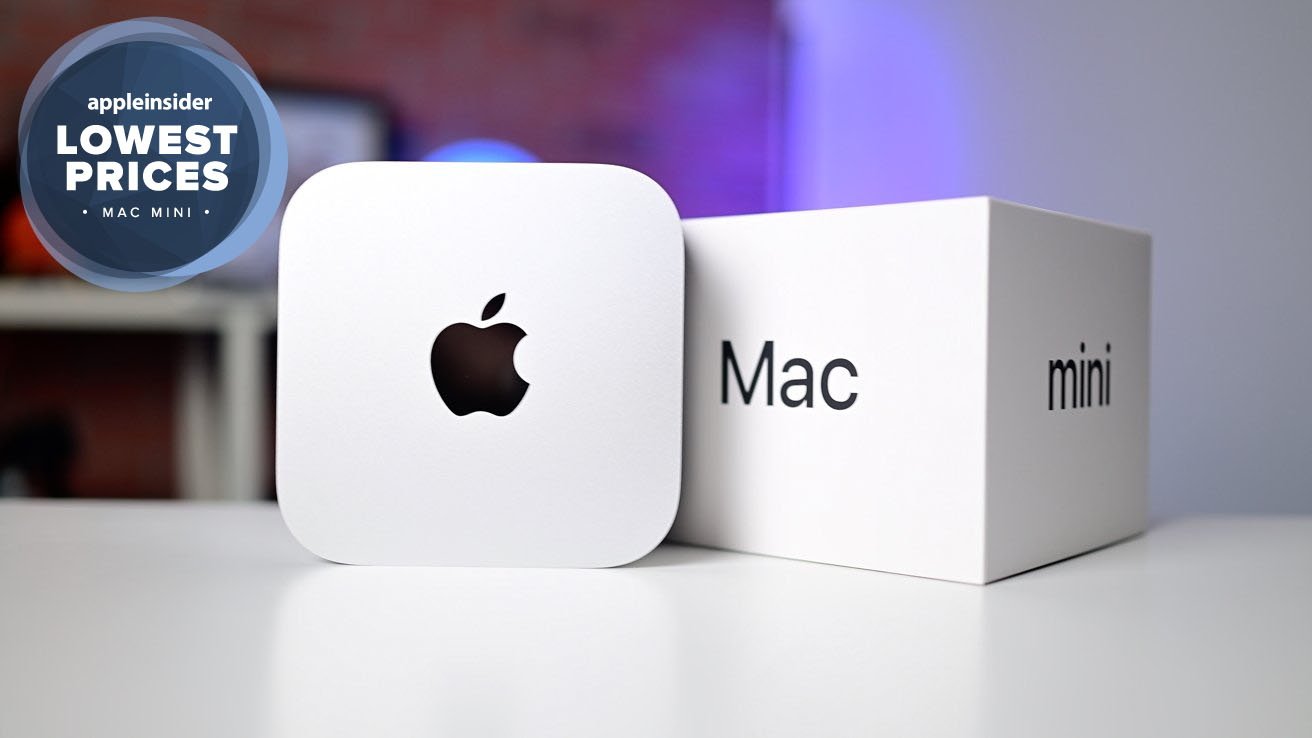
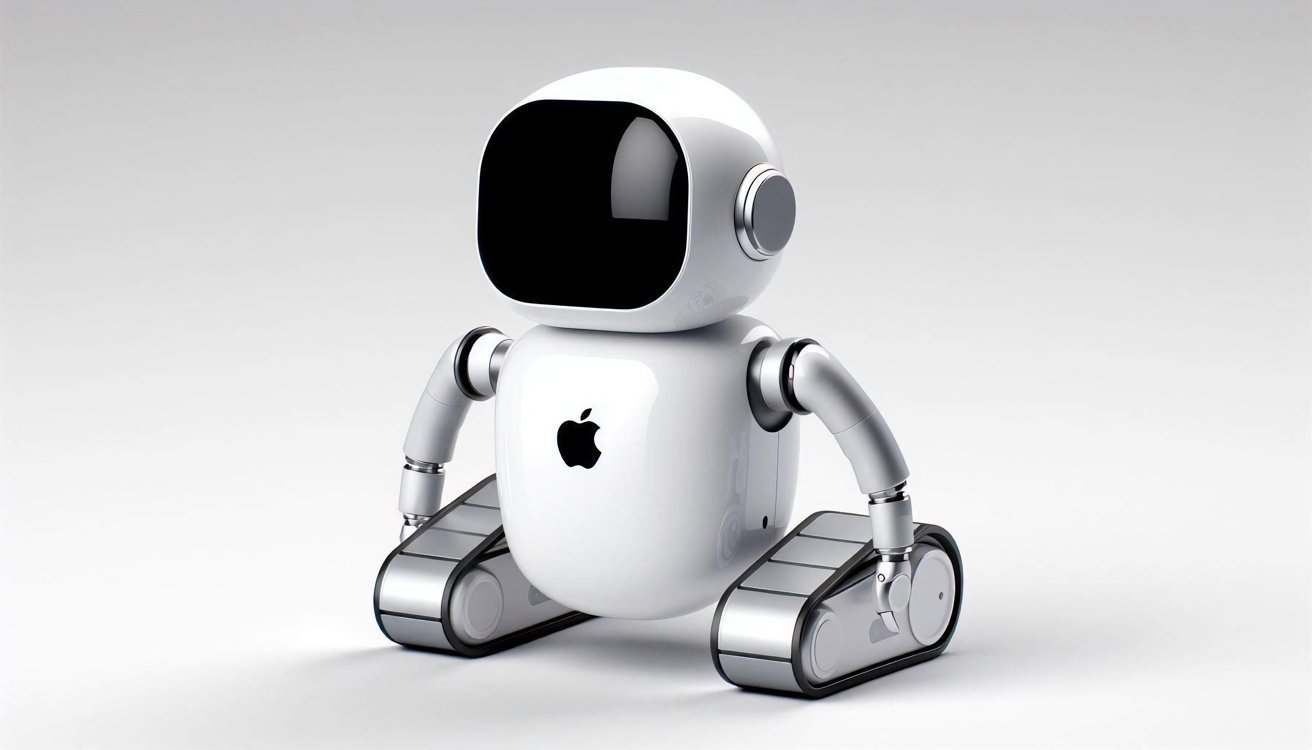
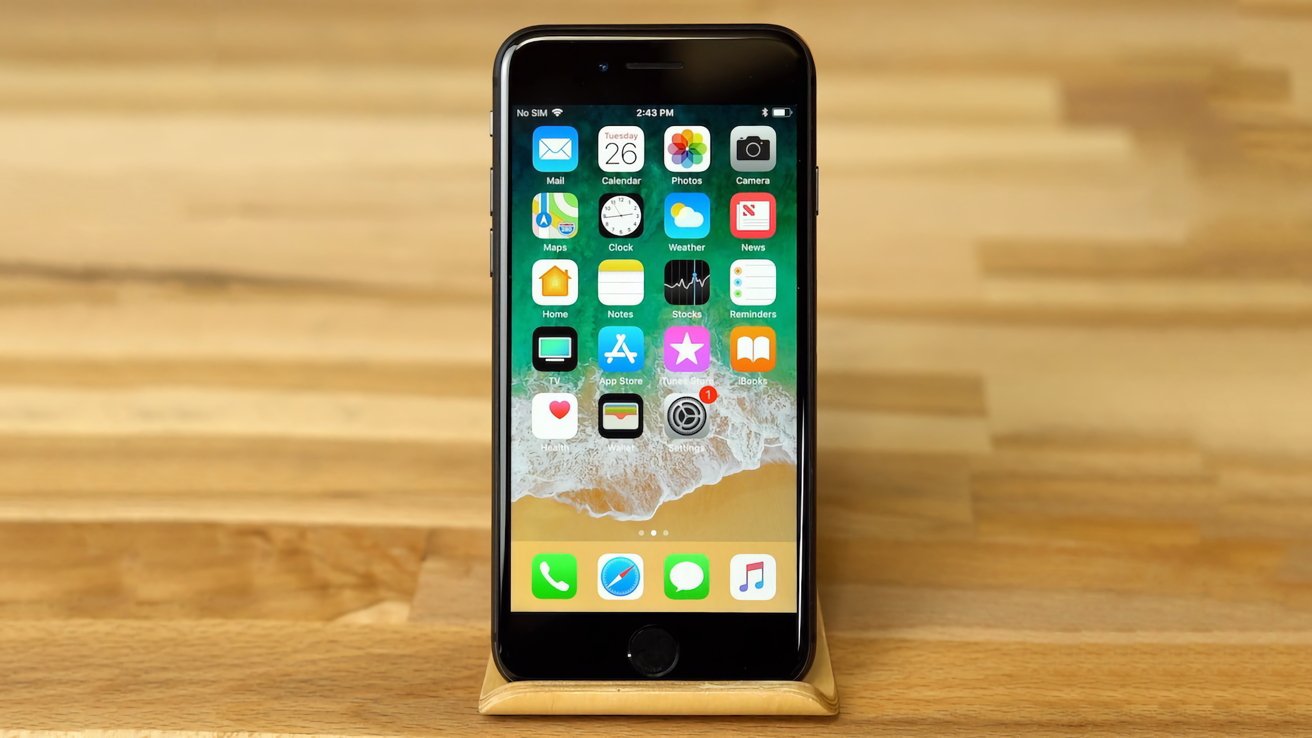
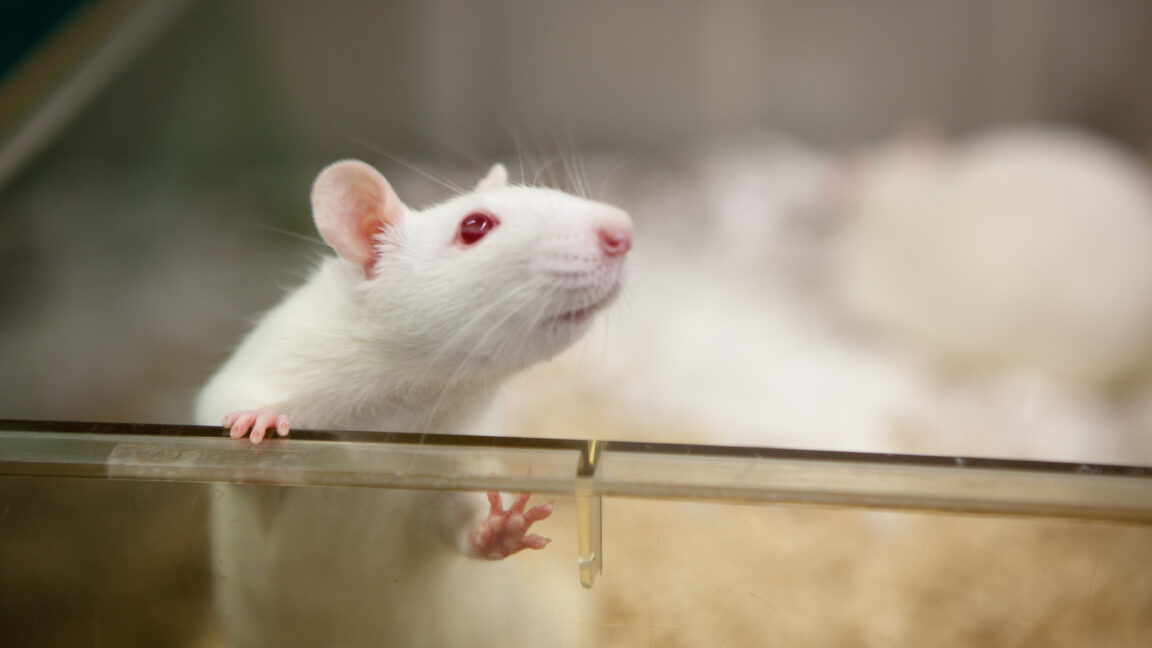










































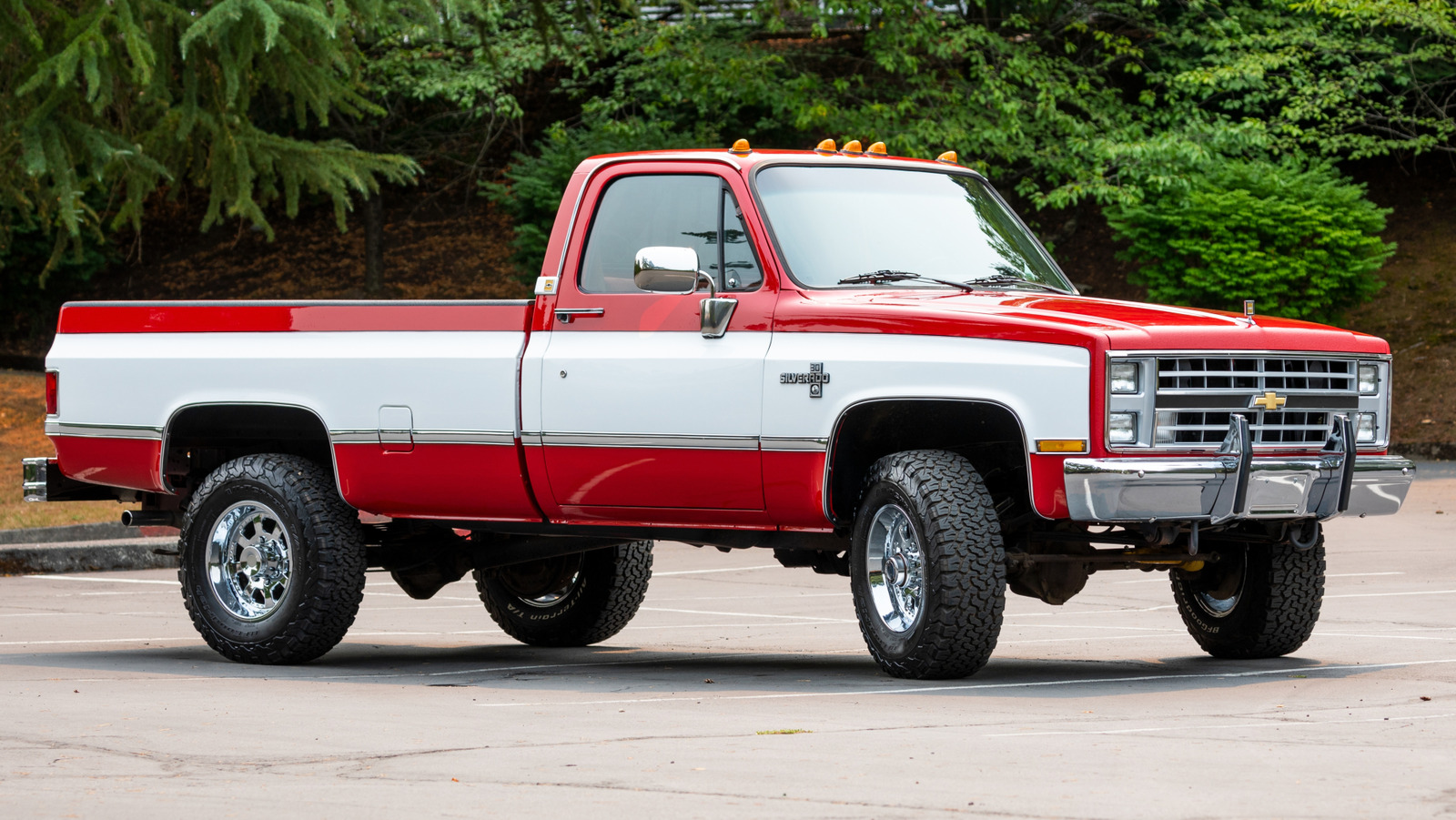


































.webp?#)




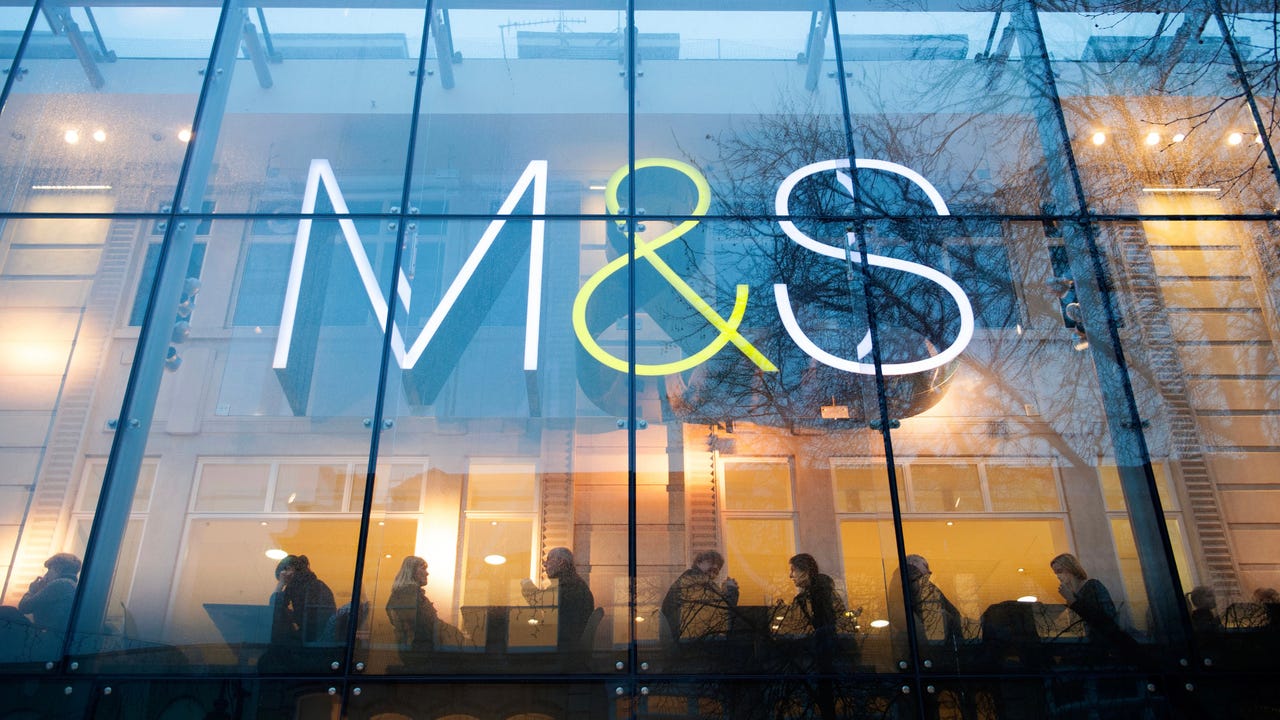

_Alan_Wilson_Alamy.jpg?width=1280&auto=webp&quality=80&disable=upscale#)










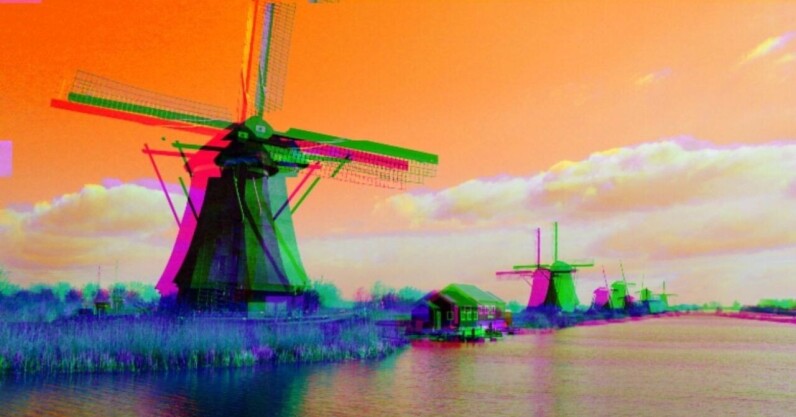






































































































![[The AI Show Episode 148]: Microsoft’s Quiet AI Layoffs, US Copyright Office’s Bombshell AI Guidance, 2025 State of Marketing AI Report, and OpenAI Codex](https://www.marketingaiinstitute.com/hubfs/ep%20148%20cover%20%281%29.png)









































